Optimal Timing for Storm Restorations
Storm restorations are most effective when performed promptly after storm events to prevent further damage and ensure structural integrity. The optimal time varies depending on weather conditions, typically during dry seasons when access and repairs are more manageable. Timing also depends on local climate patterns and the severity of the storm.
Conduct inspections immediately after storms to assess damage and determine necessary restorations.
Perform repairs during dry periods to facilitate safe and effective restoration work.
Late spring through early fall often provides the most suitable conditions for storm-related repairs.
Rapid response minimizes additional damage and reduces restoration costs.
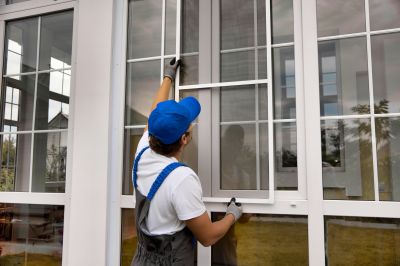
Ways to make Storm Restorations work in tight or awkward layouts.
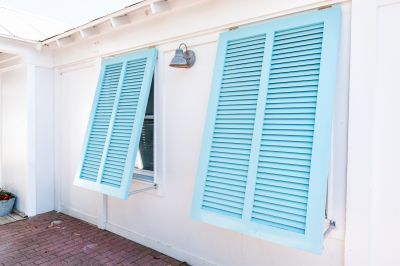
Popular materials for Storm Restorations and why they hold up over time.

Simple add-ons that improve Storm Restorations without blowing the budget.

High-end options that actually feel worth it for Storm Restorations.

Finishes and colors that play nicely with Storm Restorations.

Little measurements that prevent headaches on Storm Restorations day.
Effective storm restorations involve timely intervention to address wind, hail, and water damage. Proper planning ensures repairs are completed before weather conditions deteriorate or further storms occur. Data indicates that early restoration reduces long-term repair costs and minimizes disruption to property use.
Statistics show that performing restorations within the first two weeks after a storm can significantly reduce the extent of damage. Delays often lead to secondary issues such as mold growth, structural weakening, and increased repair expenses. Planning restorations during favorable weather windows enhances safety and efficiency.

A 60-second routine that keeps Storm Restorations looking new.
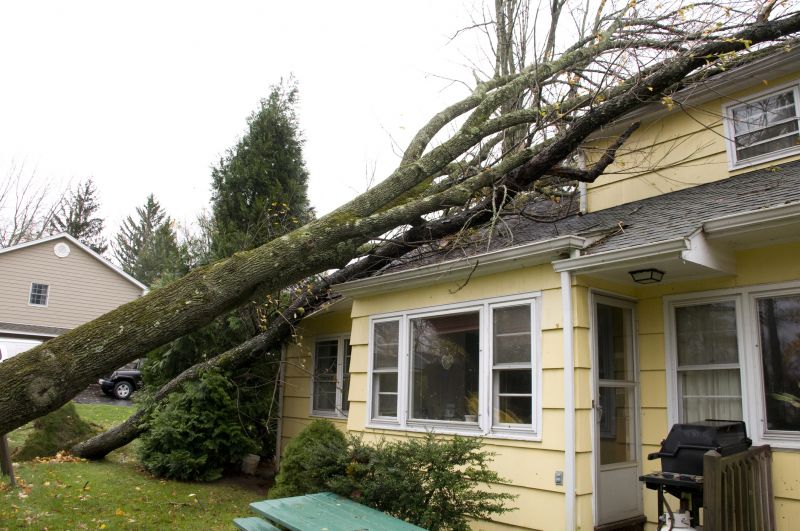
A frequent mistake in Storm Restorations and how to dodge it.
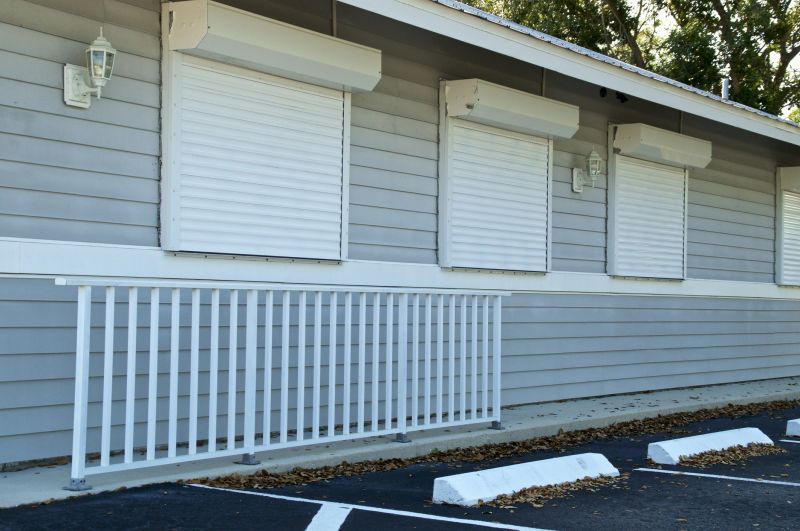
Small tweaks to make Storm Restorations safer and easier to use.
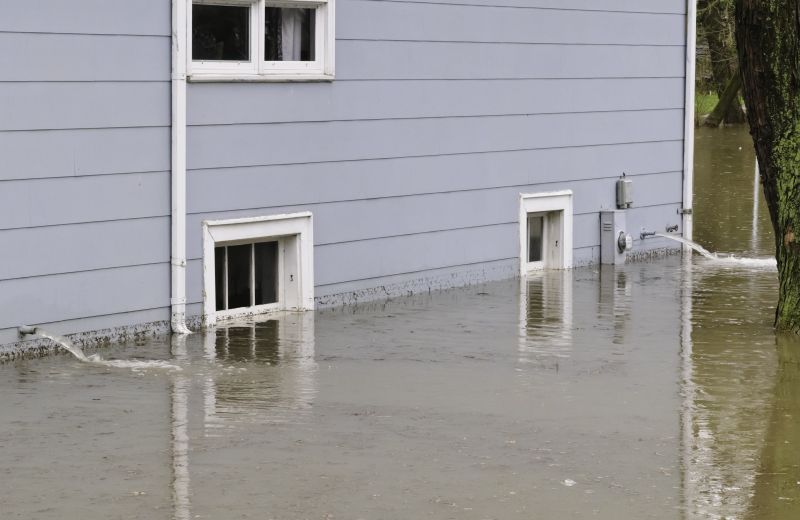
Lower-waste or water-saving choices for Storm Restorations.
| Factor | Optimal Timing |
|---|---|
| Post-Storm Damage | Immediately after storm event |
| Weather Conditions | Dry, calm weather preferred |
| Seasonality | Late spring to early fall |
| Response Speed | Within two weeks of damage |
| Storm Severity | Higher severity may require faster action |
| Property Type | Residential and commercial structures |
| Accessibility | Clear access improves repair efficiency |
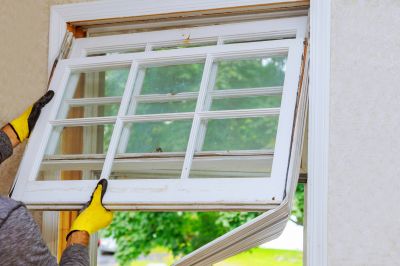
The short, realistic tool list for quality Storm Restorations.

Rough timing from prep to clean-up for Storm Restorations.
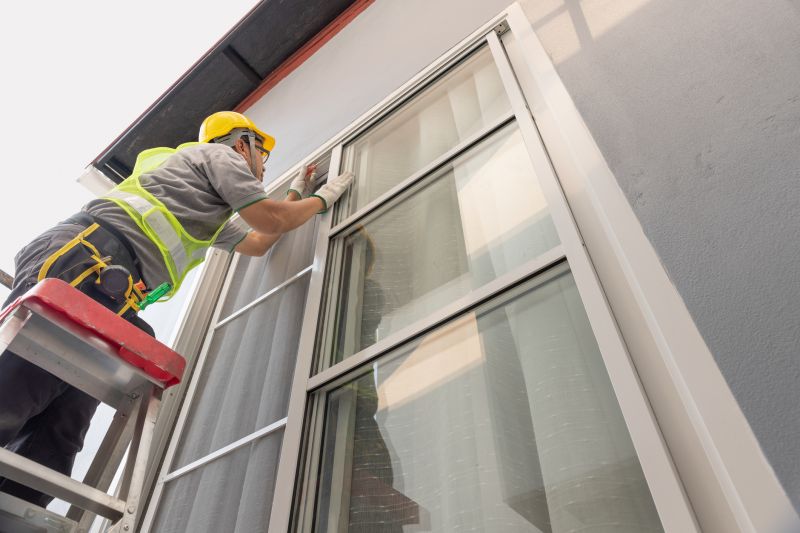
Quick checks and paperwork to keep after Storm Restorations.
Individuals interested in storm restorations are encouraged to contact for more information. Prompt responses help ensure damage is addressed efficiently, minimizing long-term impacts and restoring property resilience against future storms.
